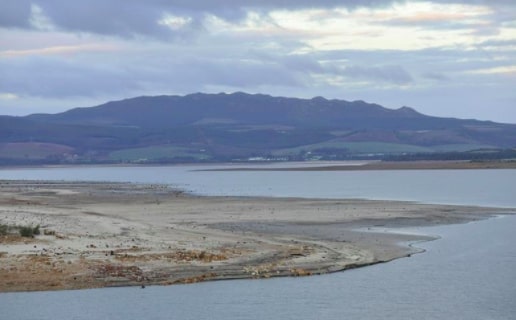AfriWX and the European Space Agency have shared photos of the Theewaterskloof Dam during the Cape Town drought compared to what it looks like now.
The drought brought the province to its knees. The grim reality of Day Zero, which the province narrowly escaped, would have made Cape Town the first metropolitan city in the world to have no water.
The dam, which has a capacity of 480 million cubic metres of water, is Cape Town’s largest reservoir and the source of roughly half of the city’s water. In January 2018, the dam was at 13% capacity.
As of September 21, the dam was at 98.1% full. Exactly one year ago, Theewaterskloof was at 72.5% full.
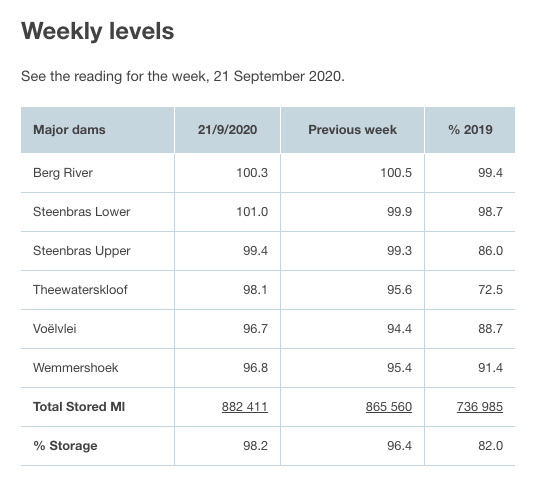
Take a look at the remarkable recovery of the dam below:
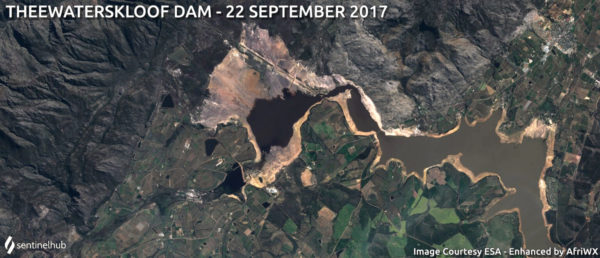
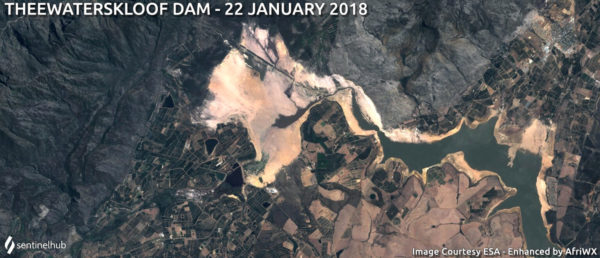
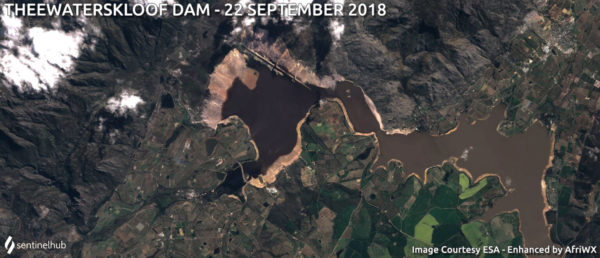
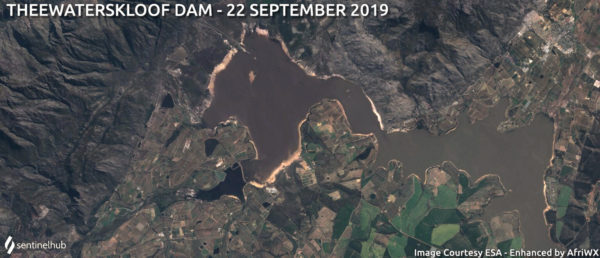
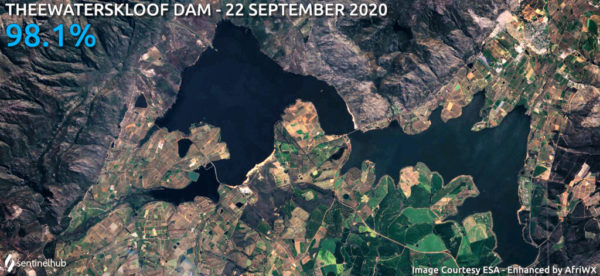
Capetonians rallied together to avoid Day Zero by rationing water, letting gardens dry out, reusing grey water, showering in a bucket, switching off taps at the source, reporting leaks, and being frugal with flushing.
It is important to continue treating water like the valuable life source that it is. Our dams may be almost full but we should still keep saving water as much as possible.
For simple ways to save water in your home, click here.
Image: City of Cape Town




